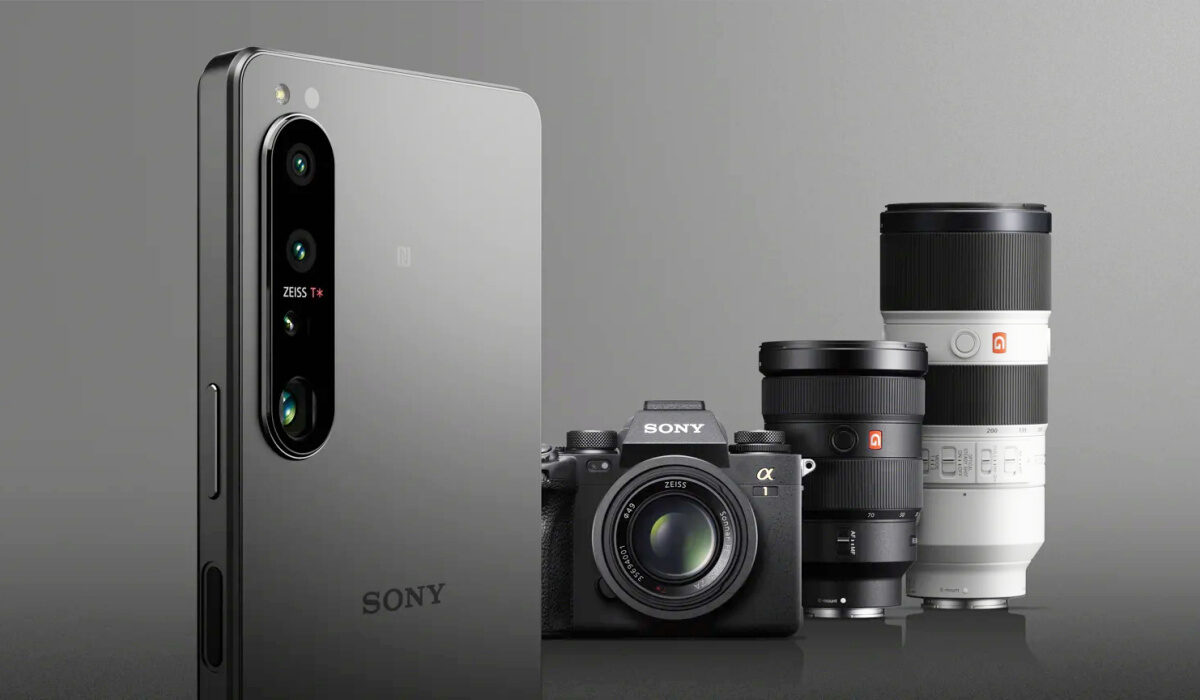If you pay attention to smartphone camera features and specs, you will have heard phrases like optical zoom, digital zoom, hybrid zoom, telephoto camera, periscope camera, and the like. It is easy to get confused about all those terms, but don’t worry, I am here to break them down so you understand them easily.
So, this article is about zoom and the different ways it happens. That’s the foundation. What does it mean to zoom? It means to make an item or object appear closer or further away in an image. If you zoom, you get a closer look at the object. Zooming in narrows down the focus of the image. If you zoom out, the object appears to be farther off and you capture a wider area.
What is optical zoom? Optical zoom involves a physical camera lens movement, which changes the apparent closeness of the image subject by increasing the focal length. To zoom in, the lens moves away from the image sensor, and the scene is magnified. It is useful to think of digital zoom as photo-processing software built into your camera.

Table of Contents
Optical Zoom and Digital Zoom are two different ways to do the same thing
Optical zoom uses a physical magnifying lens to zoom in. Remember what a magnifying glass from physics class? When you hold one in front of you to view an object, the object appears closer. Now, imagine a small magnifying glass in your camera phone for zooming. That is how optical zoom works. The magnifying lens is also called an optical lens.
Digital zoom, on the other hand, does not require a physical magnifying glass. Instead, it works by using software to achieve the magnification. Really? Can software do that? Yes; it can. Actually, the zoom in most camera phones is done with software, especially at the low end. What you have in those phones is digital zoom.
One big difference is that while digital zoom results in some loss of image quality, optical zoom preserves the quality of the image, and so produces better results. Digital zoom is just software manipulating images to produce magnification. Because real physical magnifying or optical lenses are expensive, optically zoom is found in higher end smartphones.
Which is better?
In summary, a camera phone with an optical lens/zoom is better. Where image magnification is important to you and you can afford it, get a smartphone with an optical lens camera.
What of hybrid zoom?
As the name implies, hybrid zoom is a combination of optical and digital zoom to extend the magnifying range of the camera. If the optical lens in a camera can only do 10x magnification, hybrid zoom can mix it with digital zoom to produce 50x zoom. The results will be better than what digital zoom alone can produce, but not as good as what optical alone can produce.
Let’s do a recap of the key points:
Is hybrid zoom better than optical zoom?
Hybrid camera zoom is a newer concept used in smartphones. It uses a combination of optical and digital zoom. As such, hybrid zoom produces slightly worse images than the optical lens produces on its own.
Does optical zoom lose quality?
The great advantage and benefit of an optical lens is that it does not affect the pixels of the captured image, and therefore maintains the same image quality at all focal lengths.
How does a phone optical zoom work?
Optical zoom uses a physical magnifying lens to get you a much closer-up view of a scene than you can see with your eyes. Digital zoom relies on software to get a similar effect.
What is the best kind of zoom?
Optical produces the best images. However, it is possible that in the future, hybrid zoom will take this spot from optical, as software processing improves.
What is a periscope camera?
A periscope lens or camera is one that uses mirrors. Read up about periscope lenses.
Which is better optical zoom or digital zoom?
Optical lenses produce much better zoom. When it comes to zooming, optical is better than digital.
What is optical zoom on a phone?
In regular camera, optical lenses work by moving to produce magnification. Because smartphones are small to maximise space, optical lenses used in phones do not have any moving parts.

